* Ukraine successfully tested the glide wing module for the FAB-500 bomb
The Ukrainian company KB Medoid has just announced that it has successfully tested a new glider module for the FAB-500 bomb. This step is to upgrade the FAB-500 into a precision-guided weapon for long-range strike missions.
Accordingly, thanks to the integration of folding wings and a dual guidance system, this weapon is capable of gliding up to 60km to 80km. The current guidance system integrates inertial navigation and GPS, while future variants will add anti-jamming technology developed by Ukraine in cooperation with foreign partners. This solution helps to expand the tactical reach and significantly reduce the risk for pilots when facing enemy air defense networks.
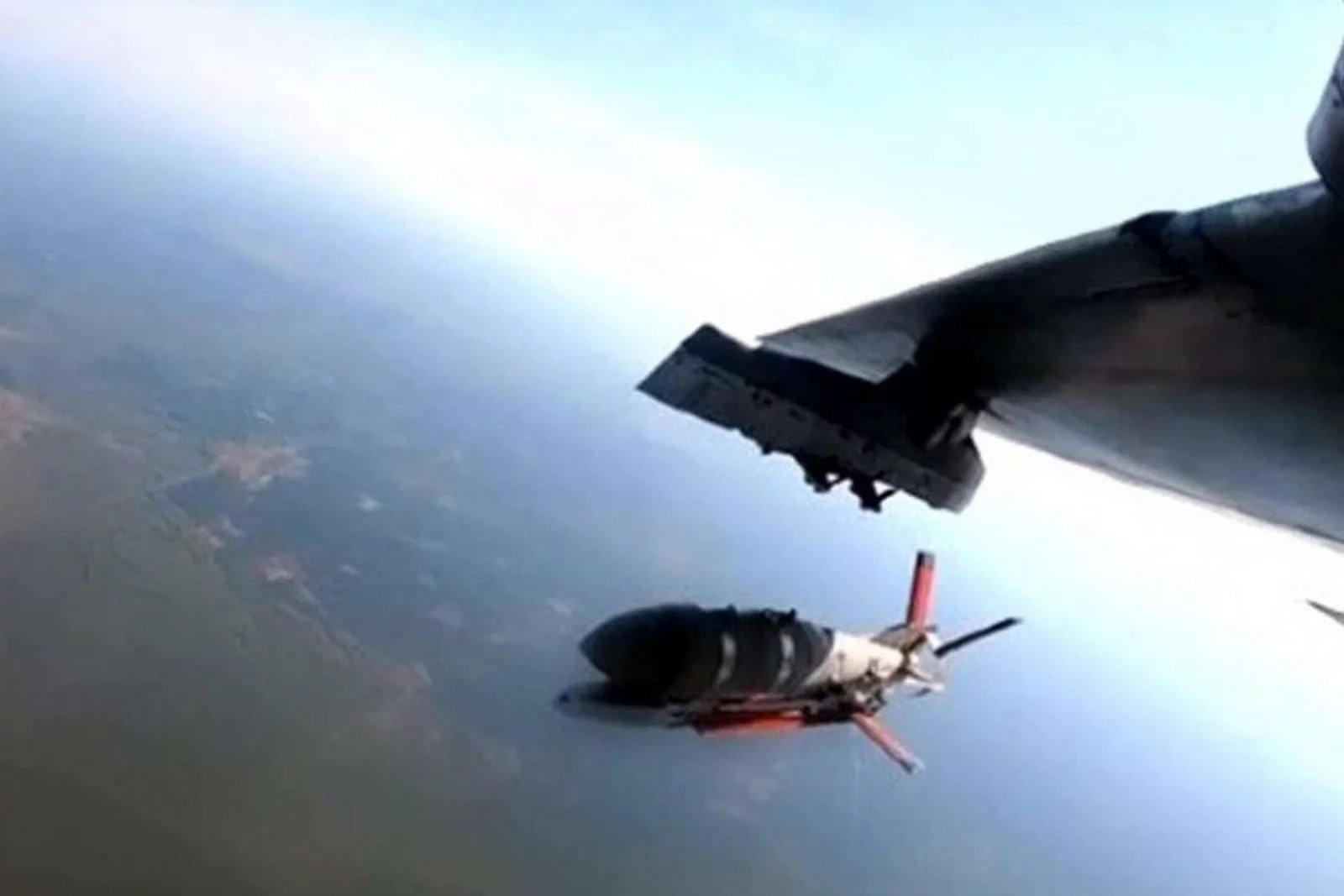 |
| With the glider module, the FAB-500 is capable of gliding up to 60km to 80km. Photo: United24 Media |
In addition to helping bombs fly farther and hit targets with high precision, the wing module developed by Ukraine for the FAB-500 is considered to have a clear advantage in terms of cost and is easier to manufacture and operate when the country makes the most of its available resources, including a large number of FAB-500 bombs. In addition, this wing system is also designed to be easily integrated into existing aircraft lines in service without any upgrades.
* South Korea test-fires Cheonryong long-range cruise missile from aircraft
According to the Defense Acquisition Program Administration (DAPA), South Korea has successfully conducted a test launch of the Cheonryong long-range cruise missile from the FA-50 light fighter.
The test, which took place at Sacheon Air Base, was designed to verify the missile’s ability to separate from the aircraft in flight without affecting the aircraft’s stability or controllability, the agency said. Although designed specifically for the KF-21 Boramae fighter, the test milestone confirmed the Cheonryong’s compatibility with the FA-50 as an interim flexible test platform.
Powered by a high-powered jet engine developed by Hanwha Aerospace, the Cheonryong can fly at subsonic speeds, with a range of over 500km, and can even reach over 800km depending on altitude and flight trajectory.
The key factor that creates the destructive power of this missile is the warhead configuration with a 2-stage penetration design. This design allows penetration of up to 8m of reinforced concrete, very suitable for destroying targets buried deep underground. The missile's guidance system is operated through a combination of many technologies such as: Terrain matching, inertial navigation, global positioning navigation and infrared sensors, used for precise guidance in the final stage.
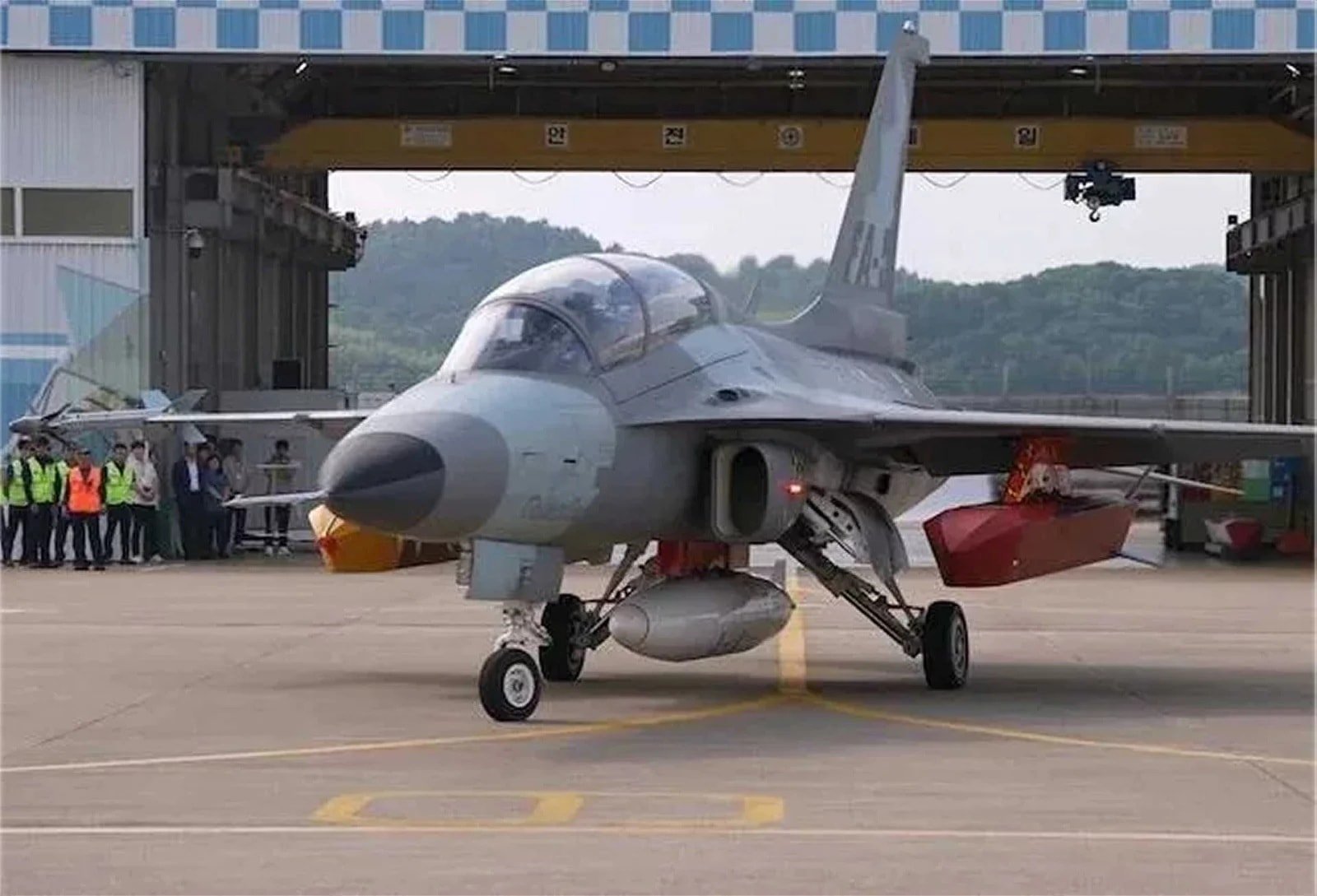 |
| A South Korean FA-50 light fighter carrying a Cheonryong long-range cruise missile during a test. Photo: DAPA |
In addition, the design of this missile is completely stealthy, with radar-absorbing materials and low radar signal reflection cross-section, helping to improve survivability in complex combat environments.
Another notable advantage of the Cheonryong is its ability to remain in a combat-ready state for long periods of time. The missile can be fully fueled and stored for up to 10 years without requiring special maintenance, allowing for quick response in emergency situations. Although designed to be carried in the internal weapons bay of the KF-21 stealth fighter, the Cheonryong can also be mounted on external pylons, allowing for flexible deployment on a variety of platforms.
* Will Spain build a new aircraft carrier?
Spain has begun discussions on a conventionally powered aircraft carrier equipped with a catapult and arresting gear (CATOBAR) system, marking a major turning point in the country's naval development strategy, Army Recogition reported, citing EFE. If the project is implemented, it will be Spain's first conventionally powered aircraft carrier capable of launching fixed-wing aircraft using catapults.
Navantia is the company tasked by the Spanish Navy to study the feasibility of developing an aircraft carrier equipped with the CATOBAR system, thereby ending its total dependence on short take-off and vertical landing (STOVL) aircraft platforms. The carrier is planned to be capable of operating up to 30 combat aircraft, with a size and configuration similar to the French Charles de Gaulle aircraft carrier but without nuclear power. The design is intended to allow the deployment and recovery of modern fighters such as the F-35C, Rafale M, as well as future variants of the 6th generation fighter program.
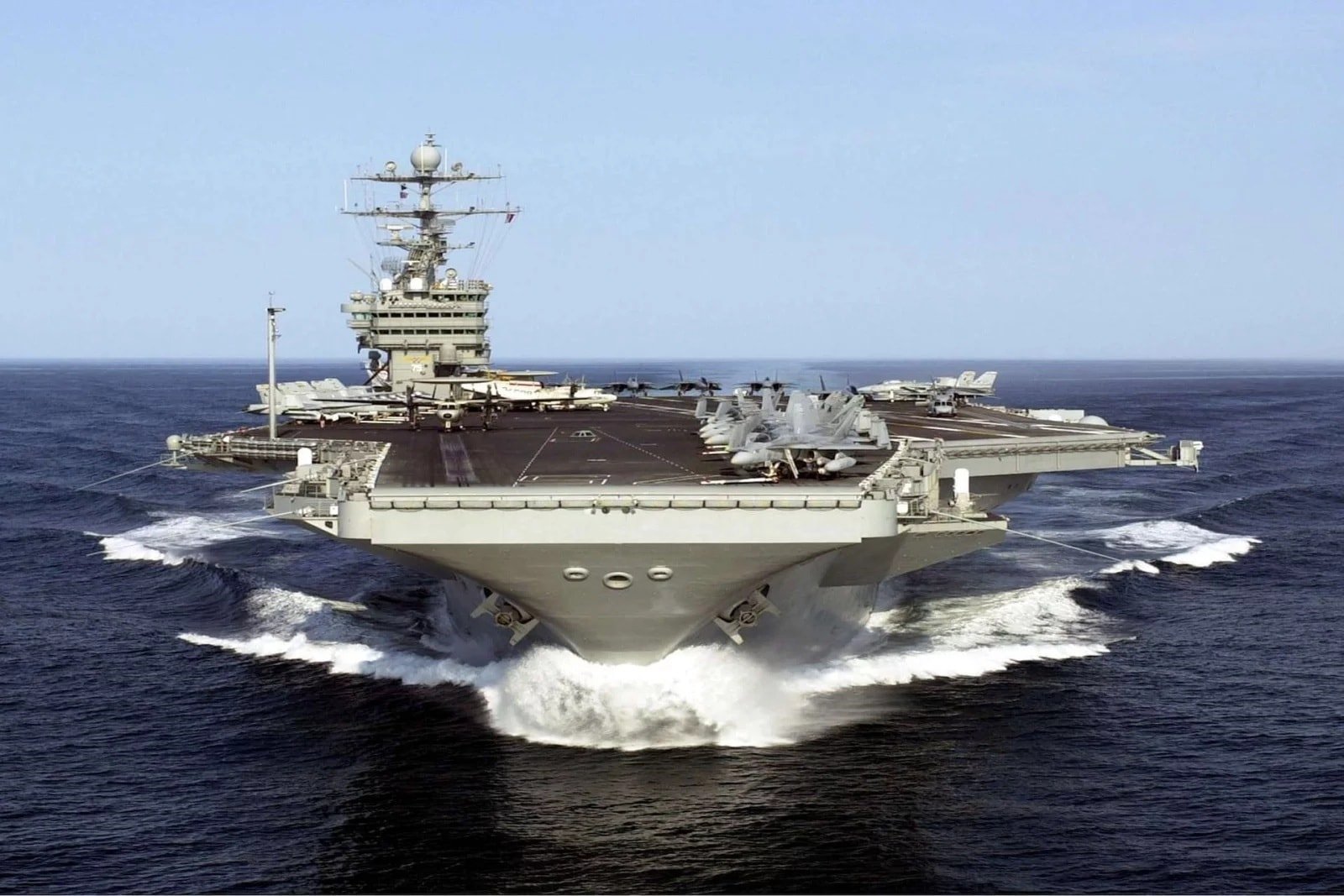 |
| Spain's move to aircraft carriers equipped with the CATOBAR system is a step towards enhancing the capabilities of its naval forces. Illustration: US Navy |
The development of an aircraft carrier equipped with the CATOBAR system stems from practical requirements in modern warfare. The Spanish Navy decided to switch to the CATOBAR solution to maintain compatibility for future aircraft lines, while the AV-8B Harrier fleet is aging and the country has no specific plans for purchasing F-35B fighters. The choice of using conventional engines instead of nuclear power also reflects the Spanish Government 's consistent stance on energy policy, although this may pose logistical constraints when deploying forces for long periods.
In terms of budget, the project is expected to cost a fortune. Although no official estimates have been released, a conventionally powered CATOBAR aircraft carrier, fully equipped with combat systems, a runway and two catapults, could cost several billion euros. Although no binding contracts have been signed yet, the start of the feasibility study phase clearly demonstrates the commitment and determination of the Spanish Government to the program.
TRAN HOAI (synthesis)
* Today's World Military column on the People's Army Electronic Newspaper sends readers the latest information on world military security and defense activities in the past 24 hours.
Source: https://baodaknong.vn/quan-su-the-gioi-hom-nay-29-6-ukraine-thu-nghiem-thanh-cong-mo-dun-canh-luon-cho-bom-fab-500-257233.html




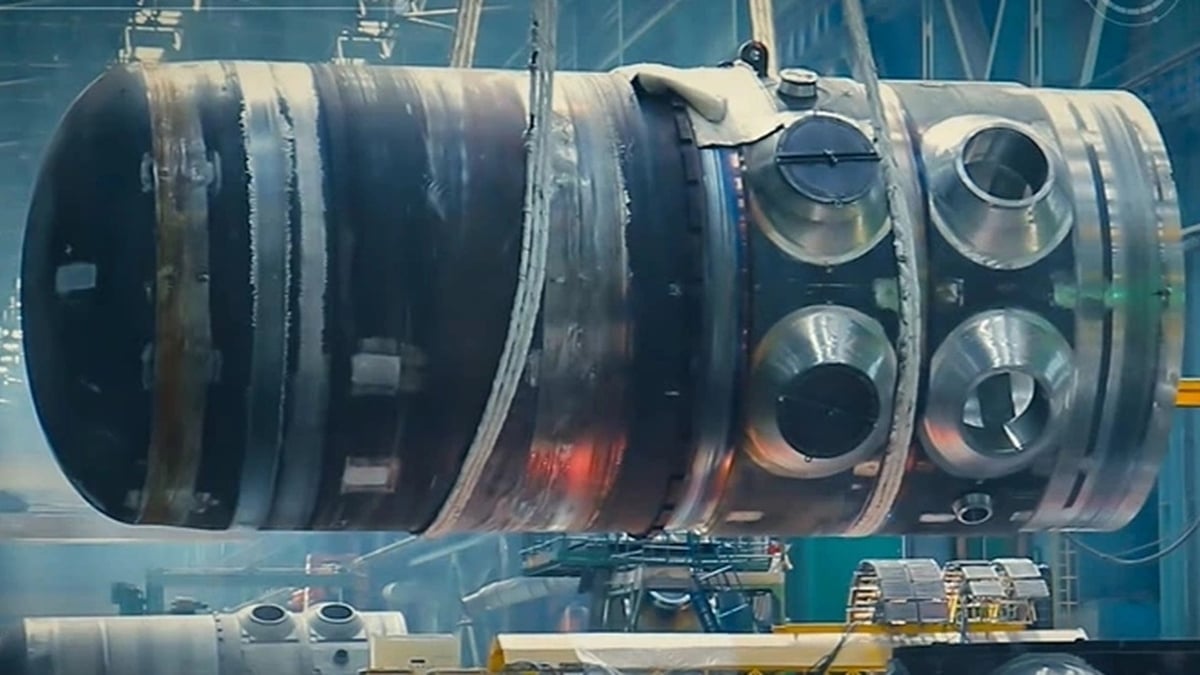















































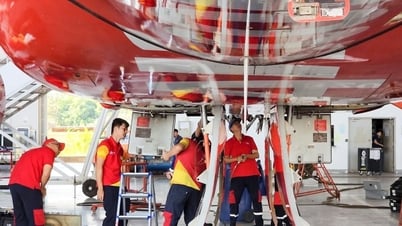
















































Comment (0)